8 Reasons to be Grateful for Trees This Thanksgiving

Get news, updates, & event Info delivered right to your inbox:
As Thanksgiving approaches, it’s natural to reflect on the people, traditions, and memories that bring meaning to our lives. But there’s something else that deserves our gratitude: trees.
Whether you live in a forested community or a city street lined with oaks, trees improve our quality of life every day—yet it’s mostly in ways we can’t see.
As written by Mary Oliver:
“Sometimes I need
only to stand
wherever I am
to be blessed.”
This year, let's pause to appreciate the power of trees and explore 8 reasons to be thankful for them—plus a few simple ways to give back.
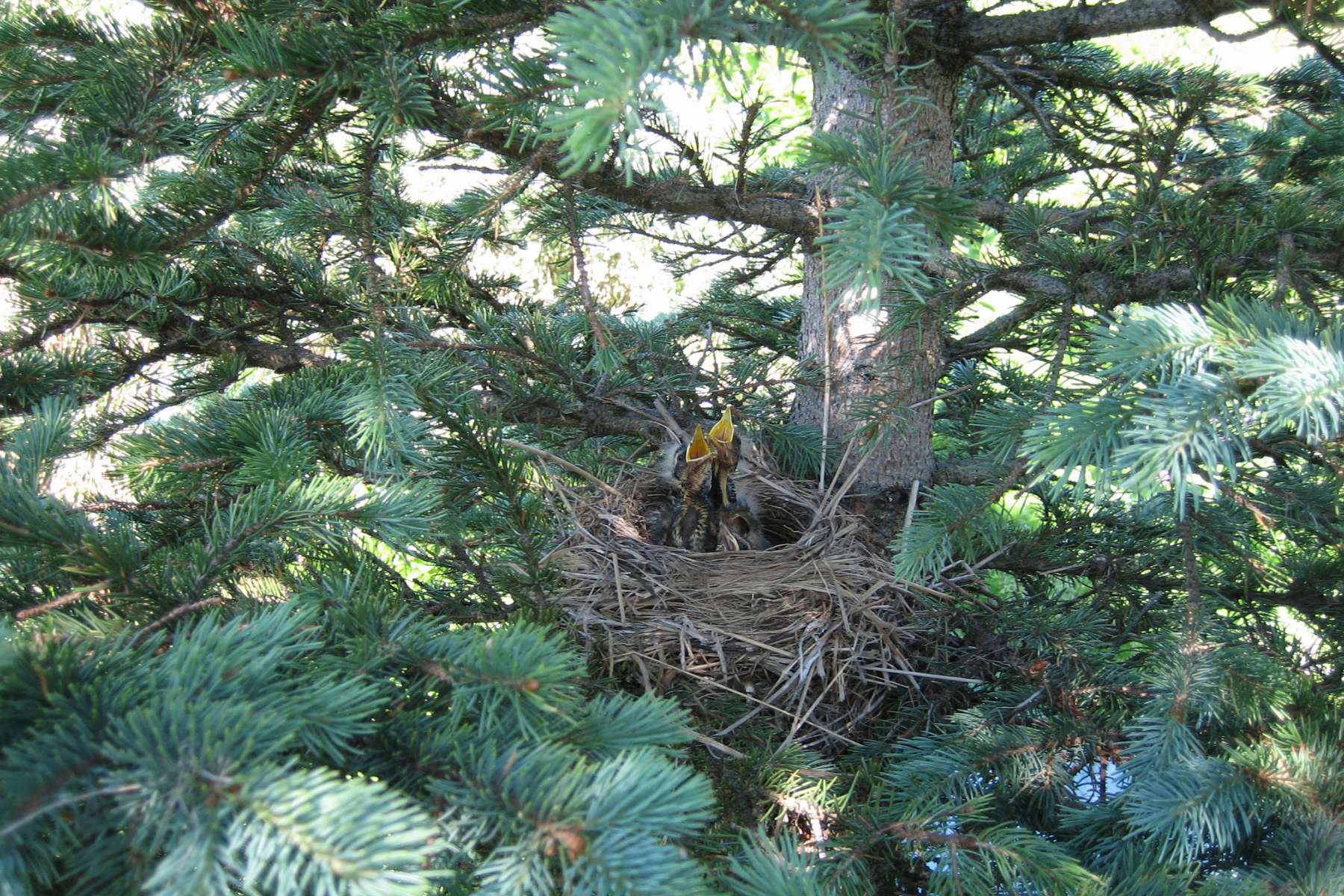
Trees provide important wildlife habitats
From the leafy canopy to the forest floor, trees help create the conditions that more than 80% of all terrestrial species of plants, animals and insects need to thrive, according to the United Nations. At a time when biodiversity is in unprecedented decline, forests are a critical refuge.

Trees Clean the Air we Breathe
In the contiguous United States, urban trees remove an estimated 711,000 metric tons of air pollution every year, says a study shared by the Forest Service, U.S. Department of Agriculture. Air pollution in the form of particulate matter (like ozone, carbon monoxide, polycyclic aromatic hydrocarbons, nitrogen dioxide and sulfur dioxide) is linked to several human health conditions.
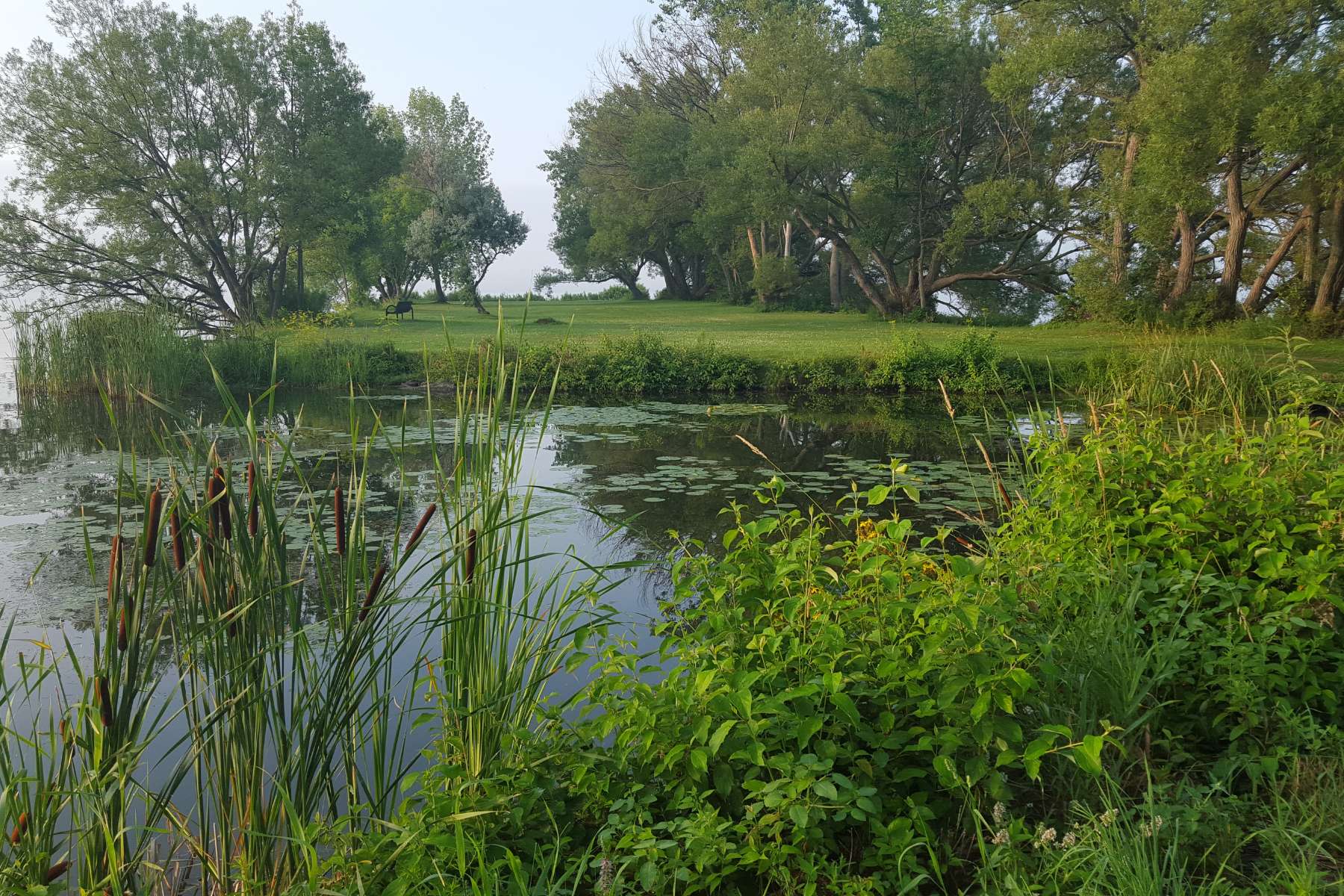
Trees Purify and Protect our Water Supplies
Trees help hold the soil together, absorb and filter rainwater, and release 95% of the water they absorb through the combined processes of evapotranspiration. This makes them critical “green infrastructure” when it comes to ensuring communities have access to pure and plentiful drinking water.

Trees Absorb Carbon and Mitigate Climate Change
Because trees use carbon dioxide to grow their trunks, branches, and roots, they’re natural carbon absorbers. Even more carbon is stored in forest soils, where it’s anchored by networks of roots, fungi, and microbes. It’s no surprise, then, that forests currently absorb about 30% of the carbon that is emitted globally.

Trees Boost Our Mental Health
A large body of research shows that spending time near trees, whether you’re visiting a city park or hiking in a forest, can reduce stress and improve mental health. According to Harvard Health Publishing, spending just 20-30 minutes in an outdoor setting where you feel connected with nature can lower your stress hormones.
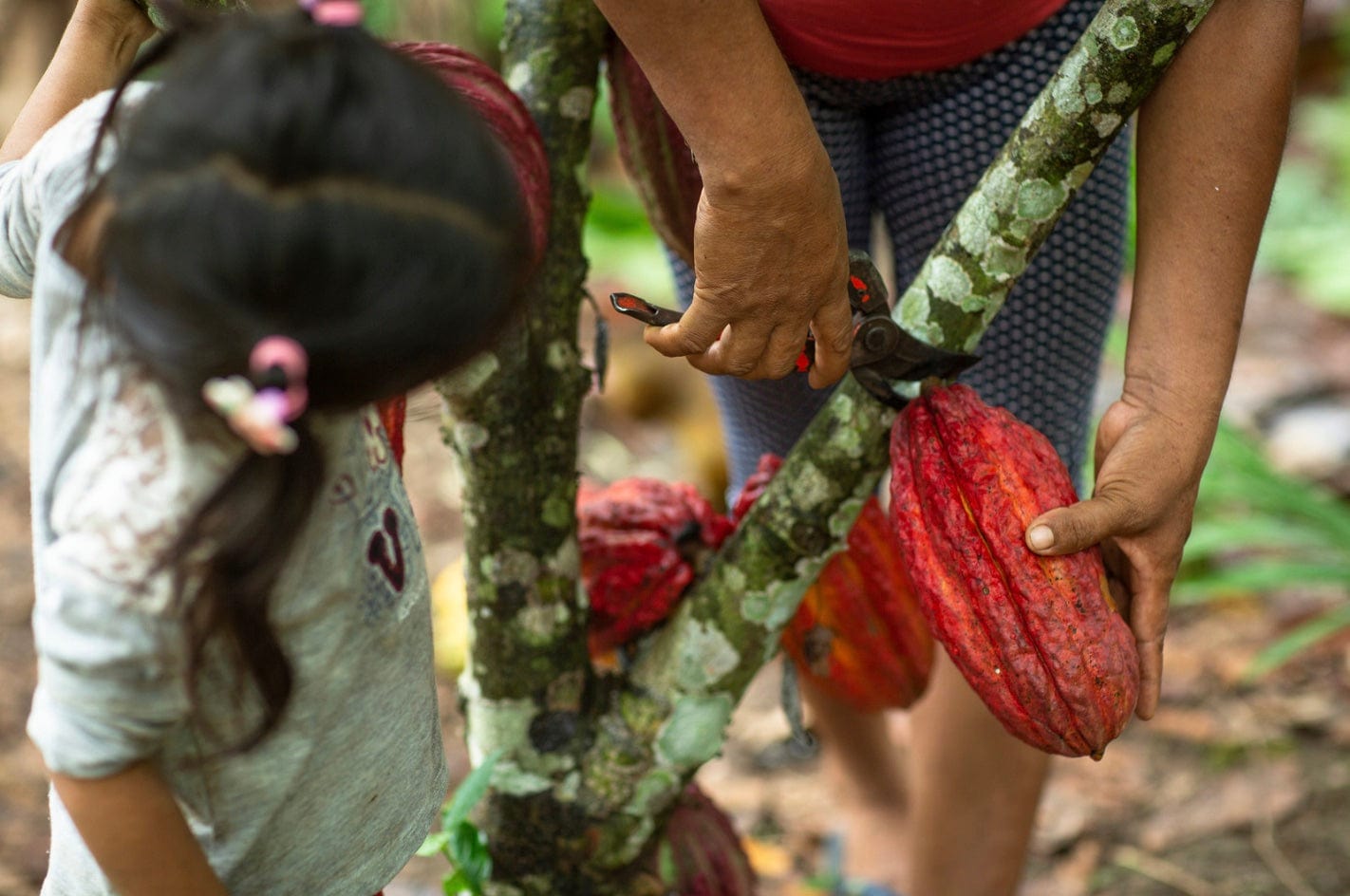
Forests are Critical for Global Food Security
According to the Food and Agriculture Organization of the United Nations, nearly ⅓ of the global population depends on forest goods and services for their livelihoods, food security, and nutrition. Providing key nutrients like protein, vitamins and minerals, forest plants and animals improve the diets of billions of people.
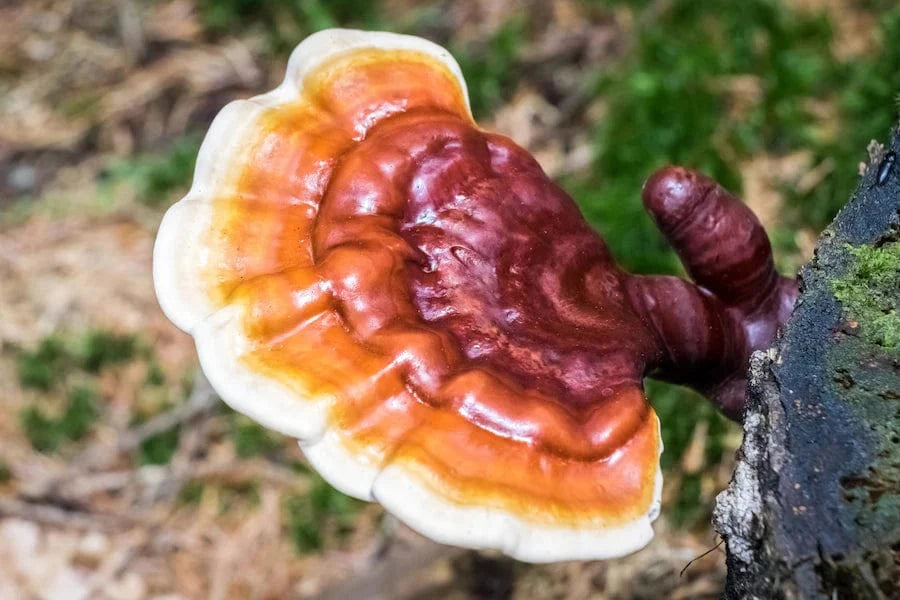
Forests Provide Critical Medicine
Around 25% of all medicinal drugs in the developed world come from plants. In developing countries, it’s as high as 80%. The U.S.-based National Cancer Institute has tested 35,000 species of higher plants for anticancer activity, and many showed reproducible anticancer effects. While many of those aren’t suitable for use in humans, more study is needed in this area. With more than 250,000 species of plants on Earth, we’ve only scratched the surface of what’s possible.
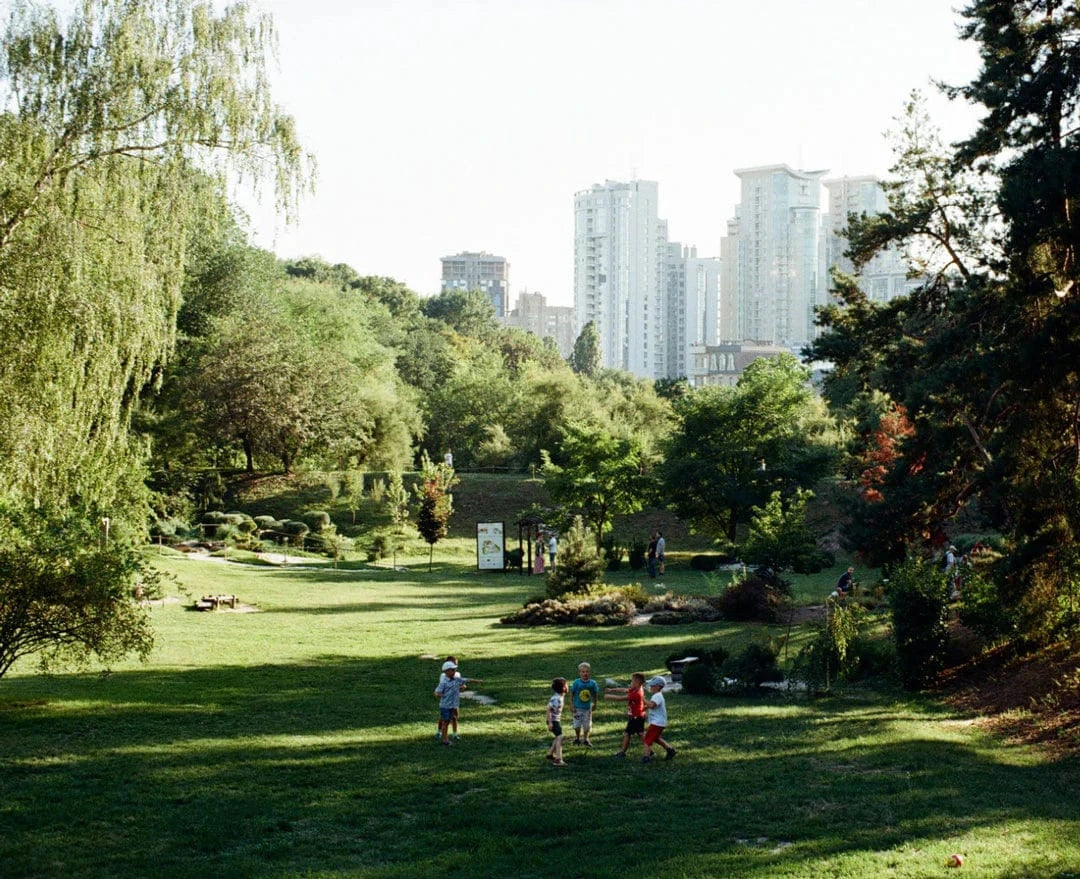
Trees make us safer
Studies in three U.S. cities (Baltimore, Portland, OR, and Philadelphia) suggest that neighborhoods with more trees tend to have a significantly lower crime rate. While researchers are clear that trees do not cause lower crime rates, they are just as clear that there’s a very strong association.
How You Can Give Back This Holiday Season
These are just a few examples of why trees deserve a seat at the table this Thanksgiving. Celebrate your gratitude for nature and trees this holiday season:
Get news, updates, & event Info delivered right to your inbox:
Related Posts
Why Trees Are Great Holiday Gifts
04/12/2025 by Meaghan Weeden
Real vs. Fake Christmas Trees: Which is Better For the Environment?
20/11/2025 by Meaghan Weeden
The Ultimate Guide to Sustainable Holiday Gifting
13/11/2025 by Meaghan Weeden
Popular On One Tree Planted
What Causes Deforestation?
10/07/2025 by Meaghan Weeden
8 Amazing Bamboo Facts
14/01/2025 by Meaghan Weeden
Inspirational Quotes About Trees
09/01/2025 by Meaghan Weeden
Fundraising Disclosures

Be Part of the
Restoration Movement
The Grove is more than just a monthly giving program: it's a vibrant community of individuals who are dedicated to reforestation and environmental restoration on a global scale.
As a member of The Grove, you affirm your commitment to restoring forests, nurturing biodiversity, and fostering positive global change.





